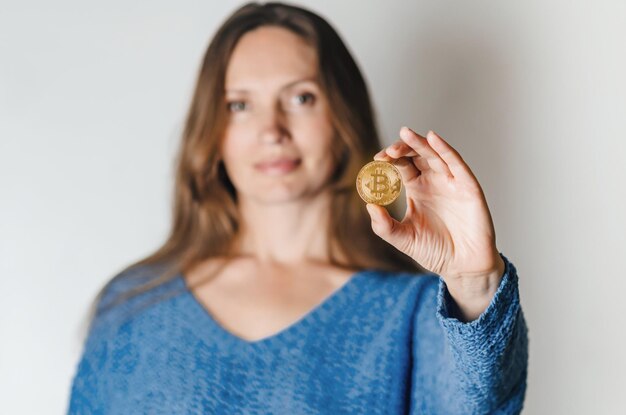Bitcoin mining is the process of adding new transactions to the blockchain network by solving complex mathematical equations with the help of powerful computers. The process requires a lot of computational power and energy, making it both resource-intensive and time-consuming. To ensure the security and integrity of the network, Bitcoin uses a mechanism called nonce.
Nonce stands for “number used once,” and it is a randomly generated value that miners add to the block they are trying to solve. The purpose of adding a nonce is to make the block header unique and different from all other blocks in the network. This uniqueness ensures that miners cannot copy or modify existing blocks and that every block added to the blockchain is genuine.
However, a question that often arises in the Bitcoin community is whether nonces can be shared between miners. In other words, can two or more miners collaborate and work together to solve a block by sharing their nonces? The answer to this question is both yes and no.
In the early days of Bitcoin, when the network was relatively small, it was possible for miners to collaborate and share nonces. However, as the network grew more massive and more competitive, sharing nonces became less feasible. The reason for this is that miners now use specialized hardware called ASICs (Application Specific Integrated Circuits) to mine Bitcoin, and these ASICs are designed to work independently and not share nonces.
Moreover, even if two miners could share nonces, it would not necessarily give them an advantage in solving a block. The nonce value is just one of the many variables that miners need to solve a block. Other variables include the previous block’s hash, the Merkle root, and the timestamp. Therefore, even if two miners could share nonces, they would still need to solve the other variables independently, making it difficult to collaborate effectively.
Another reason why sharing nonces is not feasible is that it would undermine the security of the network. Bitcoin’s security model relies on the assumption that miners are competing against each other to solve a block. By sharing nonces, miners would be effectively colluding and working together, which could lead to centralization and undermine the decentralized nature of the network.
Furthermore, sharing nonces would make the network vulnerable to a 51% attack. A 51% attack occurs when a group of miners controls more than 50% of the network’s computational power, allowing them to manipulate the network’s transactions and double-spend coins. If miners can share nonces, it would be easier for them to collaborate and launch a 51% attack.
In conclusion, nonces can be shared in Bitcoin mining, but it is not feasible nor recommended. The use of specialized hardware and the complexity of solving a block make it difficult for miners to collaborate effectively by sharing nonces. Furthermore, sharing nonces would undermine the security and decentralization of the network, making it vulnerable to attacks. Therefore, miners should focus on working independently and competing against each other to ensure the security and integrity of the blockchain network.

























